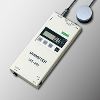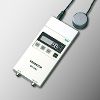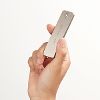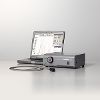Super high-pressure UV lamps (500W~35kW)
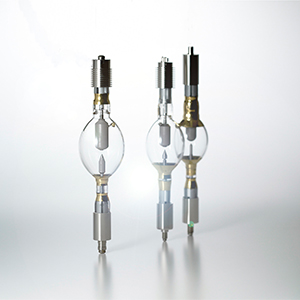
-
Favorites
-
Print
- Litho-Patterning
- MEMS, Electronic Components
- Semiconductors
- Liquid Crystal Display
- Printed Circuit Board and PKG
Jointly developed with device manufacturers in response to their increasingly diverse needs, these lithographic UV lamps have earned high acclaim as well as user trust.
From our broad lineup of 500 W to 35 kW class lamps, we can offer optimum irradiation solutions to bolster your productivity and improve yields.
We can also develop lamps tailored to new devices developed by your company.
■The Operating Manual is Here (requires member registration)
■The Frequently Asked Questions is Here
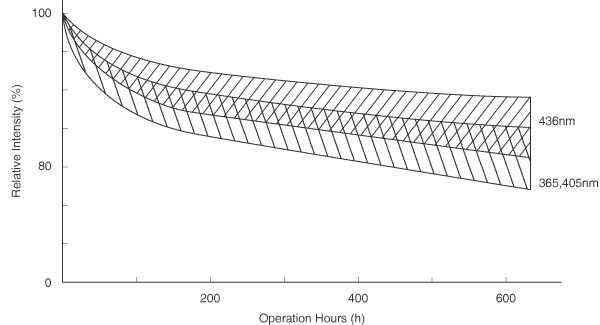
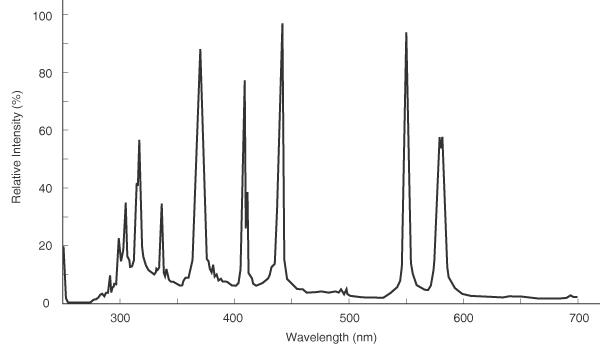
- LCD pattern formation light source
- Color filter pattern formation light source
- OLED pattern formation light source
- Touch panel pattern formation light source
- PCB pattern formation light source
- MEMS pattern formation light source
- and other novel exposure applications
| Model | Rating Lamp Input (W) |
Lamp Current (A) |
Lamp Voltage (V) |
Horizontal irradiance (µW/cm2) at 1 m from lamp |
Total luminous flux (lm) |
Average Lifespan (h) |
Acceptable Usage Angle (vertical) |
Inter-electrode cooling gap (mm) |
Dimensions | Product Specification | ||||||||
|---|---|---|---|---|---|---|---|---|---|---|---|---|---|---|---|---|---|---|
| 360 to 370 nm |
400 to 410 nm |
430 to 440 nm |
L1 (mm) |
L2 (mm) |
L3 (mm) |
dia. D1 (mm) |
dia. D2 (mm) |
D3 (screw standard) |
D4 (screw standard) |
|||||||||
| USH-1005D | 1,000 | 28 | 36±4 | 341 | 175 | 268 | 45,000 | 600 | ±15° | 3.0 | 240 MAX |
206 | 91 | 40 | 15 | M6×1.0 | M6×1.0 | - |
| USH-2004MB | 2,000 | 54 | 37 | 648 | 320 | 440 | 90,000 | 500 | ±15° | 3.0 | 332 MAX |
270 | 140 | 62 | Hexagonal cap |
φ27 M8×1.25 |
M8×1.25 | - |
| USH-3502MA | 3,500 | 56 | 62 | 1,070 | 590 | 880 | 158,000 | 700 | ±15° | 6.6 | 336 MAX |
290 | 145 | 70 | Hexagonal cap |
M8×1.25 | M8×1.25 | - |
Installed light source
Are there the lamps that are regulated by the " the Minamata Convention on Mercury " and " Act on Preventing Environmental Pollution of Mercury "?
The lamps(" for projector "," for various manufacturing processes "," for inspection " etc. ) that our company manufacture and sell are not " Specific Mercury-Added Products " in " the Minamata Convention on Mercury " and " Act on Preventing Environmental Pollution of Mercury ".
In addition, it is not "the high-pressure mercury lamp for general lighting" will be regulated from January 1, 2021.
Therefore, our company possible to manufacture and sell after 2021.
1.Why do you use mercury in the lamp?
Because mercury is the only substance that can effectively emit light of the wavelengths of g-line (436nm), h-line (405nm) and
i-line (365nm) used in the photolithography process.
2.Is the mercury used in these lamps harmful to the human body?
The mercury used in these lamps is an inorganic mercury compound. Generally speaking, inorganic mercury compounds are not easily absorbed by the human body. However, mercury vapor is harmful in any form, so if the lamp is broken or ruptures during use and any mercury vapor is inhaled, consult a physician immediately.
3.Are these lamps subject to the mercury regulations?
The lamps subject to the Minamata Convention on Mercury (effective August 2017) and the RoHS Directive are lamps for general lighting applications.
Lamps used in various manufacturing processes are not subject to these regulations.
As these lamps are for various manufacturing processes, they are not subject to the current regulations.
4.Can we dispose of the lamps as general waste?
The lamps contain mercury, so they cannot be disposed of as general waste.
Please contact an industrial waste disposal company that specializes in the proper disposal of mercury.
5.Is the gas enclosed in the lamp safe?
Yes, the noble gases contained within Ushio’s lamps, such as xenon, are extremely stable, have low reactivity with other elements and compounds, and are not flammable.
6.What is the function of the metal wire that is attached along the bulb part?
This metal wire (trigger wire) serves to improve lamp ignition.
If this metal wire is broken or disconnected, please contact us for repair.
7.Why is there a protrusion on the bulb?
We call the protrusion a “Fill Tube tip-off". We attach a tube to the bulb to put mercury and gas into the bulb during the manufacturing process of the lamp.
After filling, the tube is sealed and cut, and a small part of the tube remains in the form of a protrusion.
8.What is the role of the gold paint on the bulb part?
The gold paint provides thermal insulation. It is used to maintain proper bulb temperature which ensures stable lamp performance.
9.Is lamp performance affected by mercury adhering to the lamp's electrodes or the sides of the bulb?
When the lamp lights, any mercury adhering to the electrodes or sides of the lamp enters a gaseous state, and thus has no effect on performance.
10.What should I do if I accidentally touch the lamp with my hands or if the lamp becomes dirty?
Clean the lamp by gently wiping the surface with a soft cloth moistened with alcohol (isopropyl alcohol).
11.What should I do if the lamp is impacted by handling?
Do not use the lamp if it has been subjected to impact, as it may have small cracks that cannot be confirmed by visual inspection. There is a risk of burst or breakage to the lamp.
12.How should I hold the lamp while carrying it?
Carry the lamp by gripping it firmly by the base and holding it vertically with the anode (the large electrode inside the lamp) at the bottom. For details, see the instructions provided with the lamp.
13.What is the state of the lamp when lit?
Mercury vapor in lamps emits strong light, reaching temperatures of about 750 degrees C inside the bulb, where the vapor pressure climbs to levels in excess of 20 atmospheres.
14.Do you perform lighting and appearance inspections on all lamps?
Yes, all lamps are inspected for lighting and appearance.
We normally refer to this as visual inspection and ignition testing. For example, we perform 100% visual inspection and 100% ignition testing on all lamps.
15.What are the concerns if the lamp is continued to be used beyond the warranty time?
There is a high risk that the lamp will not turn on, the intensity will be degraded, or the lamp will burst.
16.What causes lamps to rupture?
The bulb of the lamp is made of silica glass, and if the glass is scratched, stress exerted at the site of the scratchy the bulb's high internal pressure can cause it to rupture. Furthermore, if the lamp is used long beyond its warranted service life, cumulative thermal strain can result in lamp rupture due to its high internal pressure.
17.Is there a limit to the number of times the lamp can flash?
Each lamp has a rated number of flashes. This is because the lamp may not light if the rated number of flashes is exceeded during the warranted service life. The number of flashes can be determined by referencing the specifications. Use this number as a guide. If the number of flashes is not clear, contact your sales representative.
18.Tell me about the lamp's warranty period.
Lamps have a warranted service life of 5 years from the month of manufacture. If the month of manufacture is not clear, check the specifications or contact your sales representative.
19.What is the role of the moisture-proof bag (the transparent film covering the individual cases)?
If the lamp is exposed to moisture from the outside air for a long time, there is a possibility of oxidation of the metal parts of the lamp. The moisture-proof bag serves to prevent oxidation by blocking the moisture from the outside air. If the moisture-proof bag is broken, the lamp should be stored away from high temperature and high humidity.
20.If I dispose of the Ushio shipping box, what kind of packaging should I use to transport the lamps?
When transporting the lamp, we request that you pack it in the same Ushio shipping box in which it was delivered.
If the lamp is transported in a box other than the Ushio shipping box, the lamp may be damaged. Please consult with our sales representative for shipping boxes.
When packing the lamp, please place it vertically and follow the direction of the lamp (anode down) when packing.
Super High Pressure UV Lamp Instration Movie
■For the English version, please click here
■For the Japanese version, please click here
■For the Korean version, please click here
■For the Traditional Chinese version, please click here
■For the Simplified Chinese version, please click here
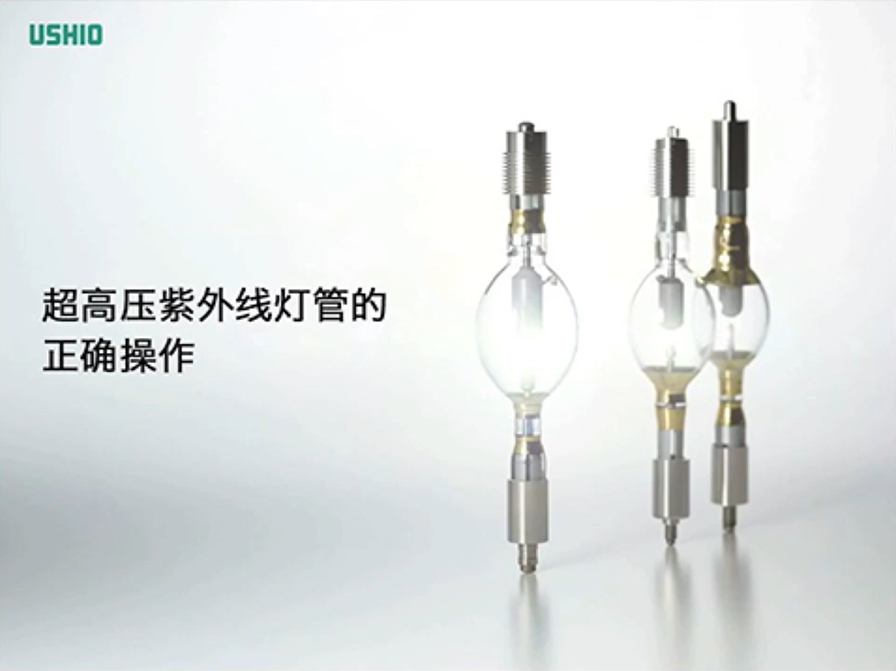
Instruction Manual
File name
File type/size
Date
Download
Japanese
PDF(6813KB)
2016-03-14 18:00:00
English
PDF(4446KB)
2016-04-19 14:28:00
Korean
PDF(3455KB)
2016-04-19 14:28:00
Simplified Chinese
PDF(4313KB)
2016-04-19 14:27:00
Traditional Chinese
PDF(6140KB)
2016-04-19 14:27:00

